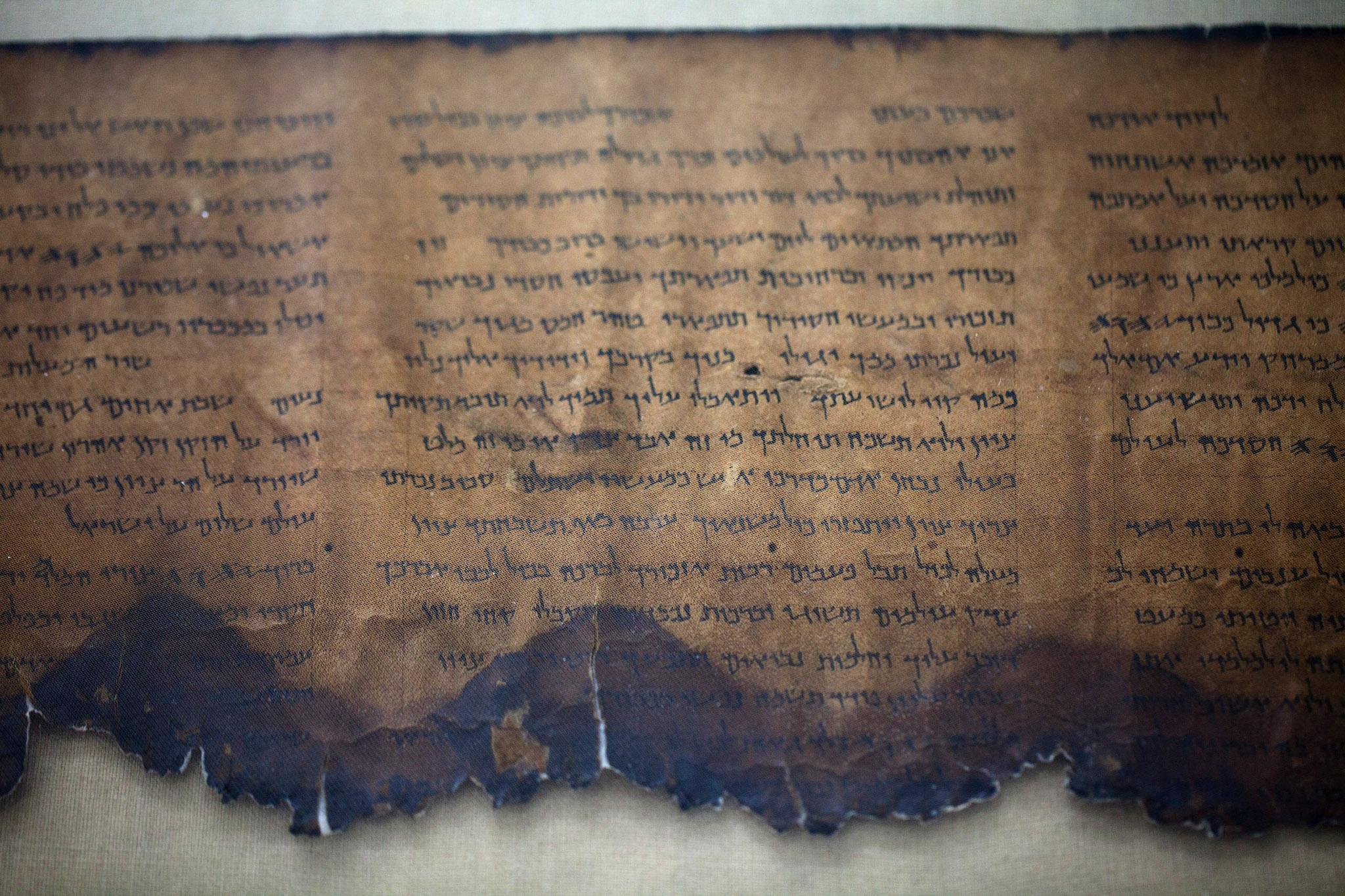Newly-excavated skeletons could help to reveal who wrote the ancient Dead Sea Scrolls
'The high concentration of adult males of various ages buried at Qumran is similar to what has been found at cemeteries connected to Byzantine monasteries'

Your support helps us to tell the story
From reproductive rights to climate change to Big Tech, The Independent is on the ground when the story is developing. Whether it's investigating the financials of Elon Musk's pro-Trump PAC or producing our latest documentary, 'The A Word', which shines a light on the American women fighting for reproductive rights, we know how important it is to parse out the facts from the messaging.
At such a critical moment in US history, we need reporters on the ground. Your donation allows us to keep sending journalists to speak to both sides of the story.
The Independent is trusted by Americans across the entire political spectrum. And unlike many other quality news outlets, we choose not to lock Americans out of our reporting and analysis with paywalls. We believe quality journalism should be available to everyone, paid for by those who can afford it.
Your support makes all the difference.Newly-excavated skeletons at a 2,000-year-old site in the West Bank could give clues as to who wrote the Dead Sea Scrolls.
Anthropologist Yossi Nagar, of the Israel Antiquities Authority, said analysis of 33 newly-excavated skeletons buried at Qumran were in line with a theory that the community consisted of a religious sect of men.
In the past it has been theorised that a community of celibate men lived there at the time the scrolls were placed in the caves near an ancient settlement.
In the past it has been suggested they may have written or guarded the scrolls, a collection of nearly 1,000 manuscripts which are the oldest-surviving copies of biblical text.
Around 30 of the skeletons, excavated in 2016, were definitely or most likely males, aged between 20 and 50 - or possibly older - when they died.
The skeletons are thought to be approximately 2,200 years old, according to radiocarbon dating, which is around the same age as the scrolls.
“I don’t know if these were the people who produced the Qumran region’s Dead Sea Scrolls,” Mr Nagar said at the annual meeting of the American Schools of Oriental Research, according to Science News which originally reported the story.
“But the high concentration of adult males of various ages buried at Qumran is similar to what has been found at cemeteries connected to Byzantine monasteries.”
Mr Nagar said six of seven previously unearthed bodies initially thought to be women were actually men.
The first of the parchment, papyrus and copper texts - believed to have been written between 150 BC and AD 70 - were discovered in the 1940s by Bedouin goat herders.
The scrolls are written in a variety of languages, mostly Hebrew, but also Aramaic, the ancient language believed to be spoken by Jesus Christ.
The origin of the scrolls remains subject to scholarly debate to this day, but one theory suggests members of an ancient Jewish sect called the Essenes lived at Qumran, who either wrote or protected the manuscripts.
Other research suggests multiple Jewish groups wrote the manuscripts.
Join our commenting forum
Join thought-provoking conversations, follow other Independent readers and see their replies
Comments